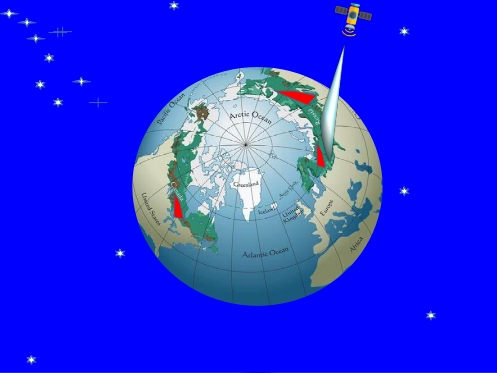Tag: methane
Triharmony/Trilemma of Carbon Assets in tropical peatland

Tropical peatlands provide globally important reservoirs of water and carbon, and the cycles of these two elements are intricately connected. At Hokkaido University, Sumitomo Forestry Co, Ltd, Japan, and BRIN, Indonesia, scientists have developed a model for mapping carbon emissions from tropical peatlands. Their integrated monitoring, reporting, and verifying (iMRV) system measures dynamic changes in water and carbon cycles, biomass […]
Read More… from Triharmony/Trilemma of Carbon Assets in tropical peatland
Measuring greenhouse gas emissions from wildfires from space

Vast areas of the Northern Hemisphere in Siberia, Canada, and Alaska are covered in forest. Fires (wildfires) in this wilderness are quite common, with the forests being at risk twice a year, first in spring and then in late summer. Occasionally these wildfires reach populated places causing damage to homes and other city buildings. Furthermore, many experts believe that carbon […]
Read More… from Measuring greenhouse gas emissions from wildfires from space
Protein as a Unifying Metric for Carbon Footprinting Livestock

Agriculture and livestock production contribute significantly to greenhouse gas emissions and climate change. To reduce these emissions, some environmental groups advocate reducing the amount of red meat that we consume. James Dyer and Raymond Desjardins, Agriculture and Agri-Food Canada (AAFC), were interested in the impact that reducing red meat, diversifying meat consumption and changing cattle diets could potentially have on […]
Read More… from Protein as a Unifying Metric for Carbon Footprinting Livestock
Controlling hydrate crystallisation for block-free pipes

Hydrate formation is a major problem in the oil & gas industry, leading to blocked pipes and increased costs. Hydrates are crystals formed by ‘trapped’ gas in water, under specific temperature and pressure conditions. Using surfactants can inhibit and control hydrate formation, but this research area is still young. Professor Liat Rosenfeld from San José State University sheds light on […]
Read More… from Controlling hydrate crystallisation for block-free pipes